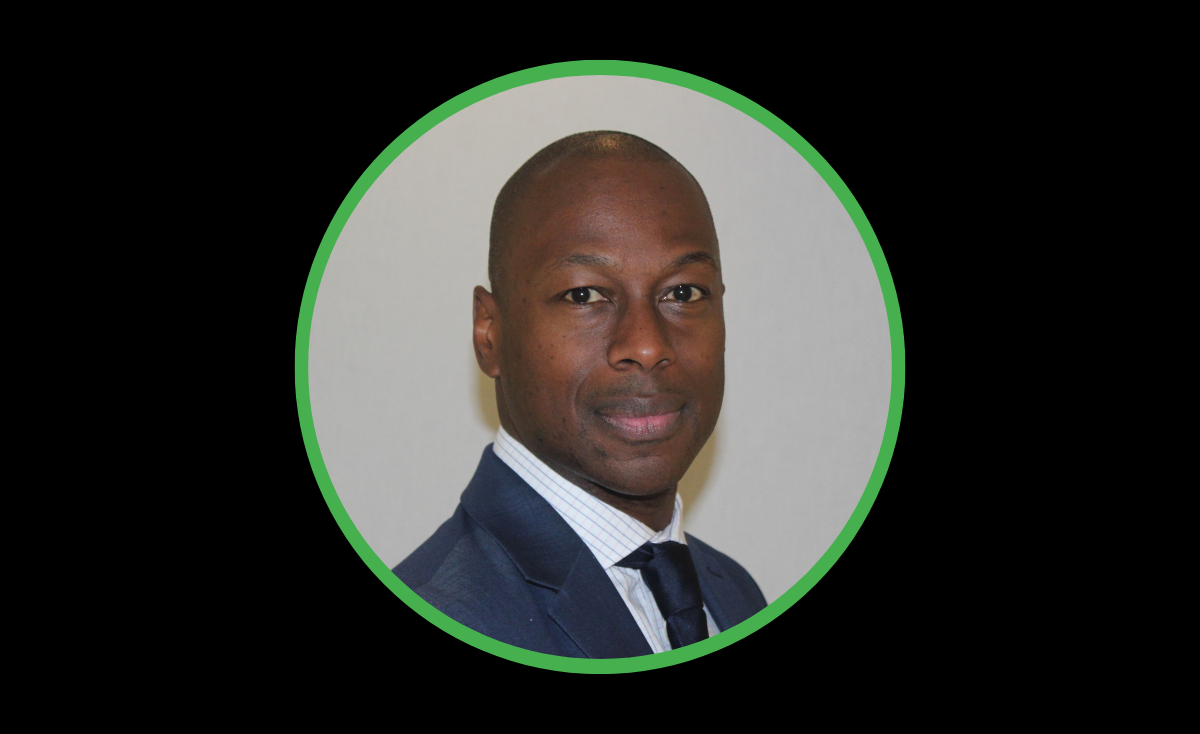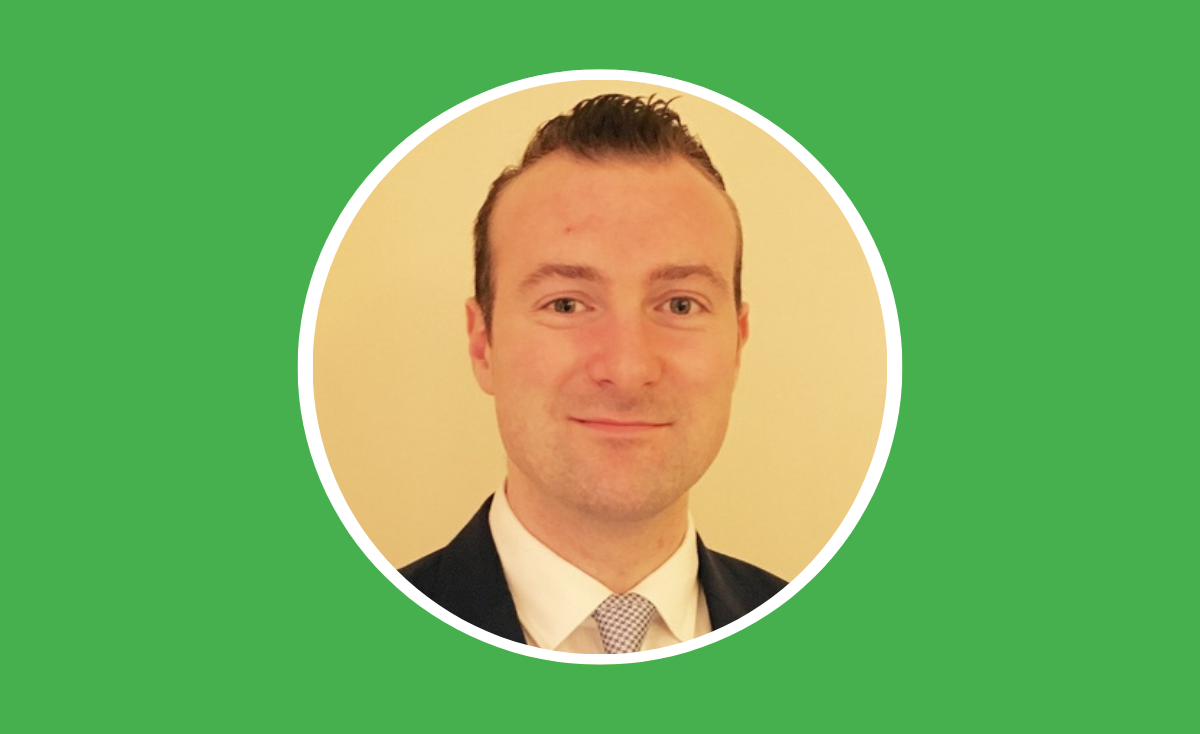 Rodney Hutchinson, Director of Strategy & IT Transformation at M&G Investments.
Rodney Hutchinson, Director of Strategy & IT Transformation at M&G Investments.
Rodney Hutchinson will be speaking the Fund Operator Summit | Europe 2023 on 19 September in London. For more information, including how to register, please click here.
Andrew Putwain: Why is IT transformation critical to an investment organisation’s growth?
Rodney Hutchinson: Growth usually entails providing products and services to clients in your chosen markets in a way that differentiates your business from the competition.
IT transformation puts technology and data at the heart of business strategy by providing new or enhanced technology and data capabilities that can change an organisation and enable differentiation providing growth in the long-term.
One way it does so is by providing flexibility and scalability for the business to ensure that as it grows it does so profitably – i.e., without costs growing at a commensurate rate. This is an example of how business strategy and technology transformation alignment can provide the key foundation for future success.
Another factor to consider is the rapid and accelerating pace of technology innovation; generative Artificial Intelligence (AI) is a recent example with use cases such as generating high quality personalised content at speed and scale or quickly surfacing summary information from large data sets. This development shows technology’s potential to transform, drive productivity, and deliver value to clients across functions and businesses. Transformation is now a top strategic priority for businesses across sectors.
"In the current uncertain environment with market volatility and high interest rates, IT transformation across the industry is tending to focus on cost efficiency."
Client expectations are also important. We’re all seeking to meet or exceed our clients’ expectations, and as their demands increase and become more sophisticated, the use of digital transformation to provide a seamless and high-quality experiences for clients will support growth strategies.
In the current uncertain environment with market volatility and high interest rates, IT transformation across the industry is tending to focus on cost efficiency. However, if you can streamline and automate processes, provide more timely, granular, and accurate data for greater transparency - it will improve companies’ bottom lines and help attract and retain clients as well.
Andrew: When it comes to added efficiency, what kinds of IT changes are operations teams currently undergoing? Where is the industry headed in the next five-to-10 years?
Rodney: It depends on the firm’s strategy and current positioning – but one way you see significant IT change is through outsourcing. From an operations perspective, you can outsource your middle office, which often includes changing the technology and data platforms that underpin the functions as well as the business processes to those from the service provider.
Others may be adopting platform replacement, which is increasingly in the form of “enterprise systems”, that can cover more of the end-to-end investments lifecycle from front to back office. That involves the adoption of new technology, changing business processes and ways of working, and making sure that you can leverage the benefits of having that enterprise system.
Both options typically lead to simplification of the architecture and operating model, through removing the complexity of legacy systems, reducing operational risk, simplifying the data environment, and increasing efficiencies and scale.
The data element is an important part. Most organisations have seen the value of unifying their data via cloud platforms that are secure, flexible, and scalable, whilst providing quality-assured data sets that the organisation has transparent access to.
Other developing areas could involve robotic process automation. This can be done either on a local level – for example, with processes that are identified by business colleagues – or as a top-down implementation spanning processes across functions. Either way, you need to understand the problem you’re trying to solve and then adopt the right approach and technology to fit that specific problem.
"There are more innovative technologies – such as machine learning and next-generation AI – [that] come into play when dealing with more sophisticated use cases."
There are other, more innovative technologies – such as machine learning and next-generation AI – and those come into play when dealing with more sophisticated use cases. Examples could include: validating data beyond the basic rules available in current data architecture or providing timely personalised responses to clients at scale.
Industry innovation, particularly around Distributed Ledger Technology (DLT), for example, will enable more efficient transaction and registration of funds. This, alongside things like digital assets and tokenisation, will improve lifecycle transparency by accelerating settlement, reducing operational costs, and mitigating risks – whilst also increasing liquidity, reducing minimum investment levels, and opening markets to a wider investment base.
This is especially the case for private markets.
In 10 years, the industry will be more digitally enabled. The ecosystem will be digital, where information flows quickly, access to data will be more transparent and customised to individual needs, and transaction times are greatly reduced.
Andrew: What are the top difficulties operations and technology teams face when it comes to successful IT implementation and transformation? How can these challenges be overcome?
Rodney: There are a number of challenges that need to be overcome, and IT transformation is not simply about the implementation of new technology. It's a fundamental change in the operating model and it covers the organisation, people, processes, data, and technology.
It requires reimagining an organisation – either from an investment lifecycle perspective or from a client journey and experience perspective – and considering how each function in that value chain contributes to the desired outcome. Part of that is ensuring that people are included in the journey, as change management is one of the tricker elements of transformation.
This means that alongside the adoption of the new technology, you also change processes and behaviours to achieve a new way of working. Stakeholders can be stuck in their ways, and there is often habitual resistance to change.
So, you need to articulate the vision and strategy and why the change is necessary – not just for employees and the business but, more importantly, why the change benefits clients. You need to explain what the change will look and feel like.
Another key challenge is acquiring the right sponsorship. When you can identify ‘champions’ across the business that represent different stakeholder groups, they can be early advocates as well as provide useful feedback on solutions. Then, you can break up large-scale programmes into a minimum viable product and iterative releases – using that group to tease out issues before a broader rollout.
You also need to take people with you throughout the process, identifying milestones and outcomes along the way. This helps monitor progress strategy, whilst tracking and demonstrating success for the broader organisation. Stakeholders need to feel engaged so they become supportive and help do their part.
"The rapid pace of technology development means that when you choose a solution it can quickly become out of date."
Another challenge is around uncertainty. Transformation involves meeting the evolving and future needs of your business and clients, and it requires foresight in thinking, flexibility in design, and agility and execution. This, alongside the rapid pace of technology development, means that when you choose a solution, it can quickly become out of date.
One solution is to break the problem up into smaller component parts and make sure that you are able to deliver on those parts of highest value first – so that you are agile and able to alter paths later if necessary to better achieve intended outcomes.
Making sure you have the right capacity and capability within the organisation to embark on the change is paramount. Doing the upfront preparation and planning, identifying any skills or capability gaps, and making sure those are addressed before starting the project is critical.
Andrew: What is the right balance between fostering growth and ensuring maximal efficiency?
Rodney: Asset management is a cyclical industry – and the rises and falls in market levels impact client sentiment.
Every organisation is different in terms of its financial health and growth prospects; however, a key element of strategy and transformation is determining where do you need to invest to drive growth and where you need to achieve efficiency gains whilst avoiding the risk of limiting your effectiveness in growth areas. Efficiency and growth are complementary in that if you are doing a project that creates capacity through efficiency benefits, that capacity can be reallocated to higher value activities or reinvested in growth. If efficiency is poor and investment and resources are being utilised on operational processes that could otherwise be used on product innovation and strengthening client relationships, then it will negatively impact growth. Hence optimising operations is a key enabler of sustainable profitable growth.
"Efficiency and growth are complementary; if you are doing a project that creates capacity through efficiency benefits, that capacity can be reallocated to higher value activities or reinvested in growth."
The balance between growth and efficiency needs to be determined by each company at a holistic level and then more locally it can be driven by the strength of individual business cases to then drive how investment and resources are allocated recognising that estimating growth is quite difficult given the number of influencing factors outside a company’s control/
It is more important to understand your strategy and goals as an organisation. Then you can determine the right balance between growth initiatives and efficiency initiatives.
Rodney Hutchinson will be speaking the Fund Operator Summit | Europe 2023 on 19 September in London on the topic of “Driving Growth and Efficiency in Asset Management: A Strategic Approach to IT Transformation”.
For more information, including how to register, please click here.
Please Sign In or Register to leave a Comment.
SUBSCRIBE
Get the recent popular stories straight into your inbox







